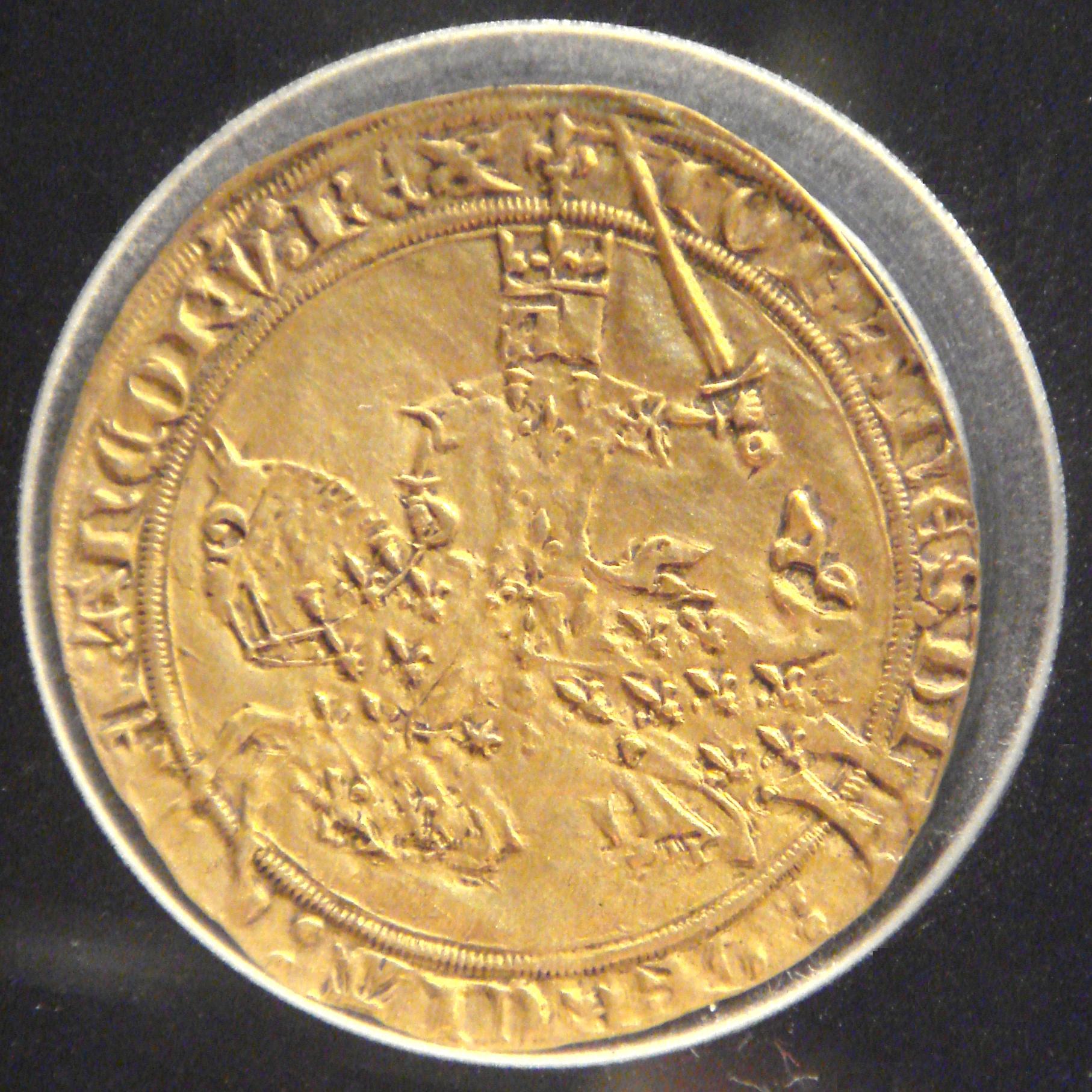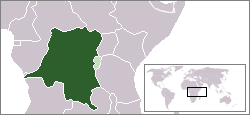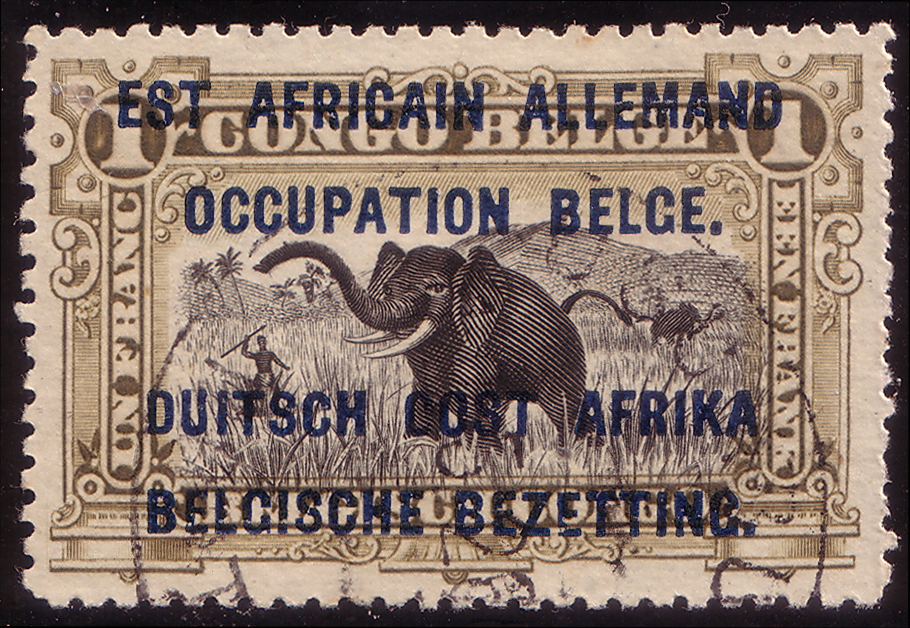|
Société Commerciale Des Transports Et Des Ports
The Société Commerciale des Transports et des Ports (Contraction (grammar), contracted as SCTP), formerly known as the Office d'Exploitation des Transports Coloniaux 1935–1959, then Office d'Exploitation des Transports au Congo 1960–1970, and Office National des Transports 1971–2011, is a State ownership, state-owned enterprise headquartered in Kinshasa. The SCTP operates railways, ports, and inland barge transport in the northern and western regions of the Democratic Republic of the Congo, along the Congo River. Established in 1935, its main office is strategically situated on Boulevard du 30 Juin, Boulevard Du 30 Juin in the Gombe, Kinshasa, Gombe commune of Kinshasa. Functionality and organization The SCTP, operating under the general regulations applicable to state-owned companies and decree-law number 0051 of 17 November 1995 governing its establishment and statutes, is structured in compliance with legal and regulatory provisions. Oversight of the SCTP's organic str ... [...More Info...] [...Related Items...] OR: [Wikipedia] [Google] [Baidu] |
Gombe, Kinshasa
Gombe (formerly known as Kalina), also known as La Gombe, or Downtown Kinshasa, is one of the Communes of Kinshasa, 24 communes of Kinshasa, in the western part of the Democratic Republic of the Congo. Encompassing a vast area of approximately 29.33 square kilometers (11.32 square miles), it is home to an approximate population of 49,024 residents (2014). Functioning as both a residential area and a central business district, Gombe houses several key government institutions of the DRC, including the Palais de la Nation (Kinshasa), ''Palais de la Nation'', the Central Bank of the Congo, various Ministry (government department), ministries, Mass media in the Democratic Republic of the Congo, media organizations, and List of diplomatic missions in the Democratic Republic of the Congo, diplomatic representations. Gombe serves as the epicenter for the DRC's leading financial establishments, the hub of its business activities, and the headquarters of the MONUSCO, United Nations Organiza ... [...More Info...] [...Related Items...] OR: [Wikipedia] [Google] [Baidu] |
Ilebo
Ilebo, formerly known as Port-Francqui, is a town in Kasai province in the Democratic Republic of Congo, lying at the highest navigable point of the Kasaï River. It is an important transport hub for ferries to Kinshasa and trains to Lubumbashi. Overview Ilebo was founded in the 17th century as a trading center and residence of the local rulers. It flourished in the 19th century and was, prior to the arrival of the Belgians, the largest settlement in the Central Congo with an estimated population of 5000 people. Ilebo was connected to other settlements via the river and several sand roads that were passable by porters. In 1901 the Belgian colonial administration renamed Ilebo Port-Francqui. The city rapidly grew under the Belgian colonial administration, especially after the railway line to Lubumbashi was opened. There were plans to extend the railway line to Kinshasa, and the construction of a bridge over the Kasai river began in 1935, but was stopped after the unfinished br ... [...More Info...] [...Related Items...] OR: [Wikipedia] [Google] [Baidu] |
Franc
The franc is any of various units of currency. One franc is typically divided into 100 centimes. The name is said to derive from the Latin inscription ''francorum rex'' (King of the Franks) used on early French coins and until the 18th century, or from the French ''franc'', meaning "frank" (and "free" in certain contexts, such as ''coup franc'', "free kick"). The countries that use francs today include Switzerland, Liechtenstein, and most of Francophone Africa. The Swiss franc is a major world currency today due to the prominence of Swiss financial institutions. Before the introduction of the euro in 1999, francs were also used in France, Belgium and Luxembourg, while Andorra and Monaco accepted the French franc as legal tender ( Monégasque franc). The franc was also used in French colonies including Algeria and Cambodia. The franc is sometimes Italianised or Hispanicised as the ''franco'', for instance in Luccan franco. Origins The franc was originally a French gold coi ... [...More Info...] [...Related Items...] OR: [Wikipedia] [Google] [Baidu] |
List Of Colonial Governors Of The Congo Free State And Belgian Congo
This is a list of European colonial administrators responsible for the territory of the Congo Free State and Belgian Congo (today the Democratic Republic of the Congo). International Association of the Congo Prior to the creation of the Congo Free State, the International Association of the Congo (IAC) had signed treaties with over 300 native Congolese chiefs and in effect exercised sovereignty over a large area of the Congo Basin. The IAC was headquartered in Belgium and run by a committee under the presidency of Maximilien Strauch. Prior to the creation of the office of Administrator-General, authority on the ground in the Congo had been exercised by a Chief of Expedition, who until April 1884 was Henry Morton Stanley. Congo Free State Administrators-General / Governors-General Vice Governors-General Belgian Congo On 1 July 1960, the Belgian Congo became independent as the Republic of the Congo The Republic of the Congo, also known as Congo-Brazzaville, the C ... [...More Info...] [...Related Items...] OR: [Wikipedia] [Google] [Baidu] |
Minister Of The Colonies (Belgium)
The Belgian Minister of the Colonies (, ) was a Belgian parliamentarian who was responsible for the territories of the Belgian colonial empire, colonial empire in Central Africa from 1908 to 1962, comprising the colony of the Belgian Congo (1908–60) and the League of Nations mandate, international mandate of Ruanda-Urundi (1916–62). The exact title was changed on several occasions. Ministerial title For most of the existence of the post, office holders were known as "Minister of the Colonies" (''Ministre des Colonies'' or ''Minister van Koloniën''). From the accession of in November 1958, however, the ministerial title changed to "Minister of the Belgian Congo and Ruanda-Urundi" (''Ministre du Congo belge et du Ruanda-Urundi'' or ''Minister van Belgisch-Congo en Ruanda-Urundi''). On 30 June 1960, with the independence of the Belgian Congo, the title changed to "Minister of African Affairs" (''Ministre des affaires africaines'' or ''Minister van afrikaanse zaken'') whose only o ... [...More Info...] [...Related Items...] OR: [Wikipedia] [Google] [Baidu] |
Royal Order
In Belgium, a royal decree (RD) or royal order ( in Dutch, arrêté royal in French, or königlicher Erlass in German) is a federal government decree implementing legislation, or exercising powers the legislature has delegated to the crown as secondary legislation. Under the Constitution of Belgium, the king cannot act alone. While the monarch is vested with executive power, it is exercised through his ministers. Hence, while Royal Orders are issued with the king's signature, they must be countersigned by a minister to be valid. In turn, the countersigning minister assumes political responsibility for the order. Its implementation usually begins on the date that it is published in the Belgian Official Journal. In Spain, a Royal order (Real orden in Spanish) was a legal document with the force of law issued by the Spanish sovereign. They were issued by sovereigns from Philip II in the 1550s to Alfonso XIII, who ruled from 1886 to 1931. With the advent of the Second Spanish Rep ... [...More Info...] [...Related Items...] OR: [Wikipedia] [Google] [Baidu] |
Mayumbe Line
The Mayumbe line was a long gauge narrow gauge railway in the north west of the Democratic Republic of the Congo between the port of Boma and Tshela. History The Société des Chemins de fer vicinaux du Mayumbe (CVM) was created on July 30, 1898, to build and operate a network of railways built at a narrow gauge in the province of Lower Congo, in the Congo Free State which became Belgian Congo then Republic of the Congo, with a planned extension to the Republic of Congo. On 1 January 1936, the CVM was integrated with the Office des Transports Coloniaux (OTRACO). In 1974, it was merged with the Office National des Transports ( ONATRA). The line was dismantled in 1984 under Mobutu Sese Seko, along with the local industry. Line Boma - Lukula - Tshela (140 km) * Boma (Plateau) - Bangu (8 km), opening May 7, 1899 * Bangu - Kisundi (35 km), opening on January 1, 1900 * Kisundi - Lukula (35 km), opening December 31, 1901 * Lukula - Tshela (60 km), openin ... [...More Info...] [...Related Items...] OR: [Wikipedia] [Google] [Baidu] |
Ruanda-Urundi
Ruanda-Urundi (), later Rwanda-Burundi, was a geopolitical entity, once part of German East Africa, that was occupied by troops from the Belgian Congo during the East African campaign in World War I and was administered by Belgium under military occupation from 1916 to 1922. It was subsequently awarded to Belgium as a Class-B Mandate under the League of Nations in 1922 and became a Trust Territory of the United Nations in the aftermath of World War II and the dissolution of the League. In 1962 Ruanda-Urundi became the two independent states of Rwanda and Burundi. History Ruanda and Urundi were two separate kingdoms in the Great Lakes region before the Scramble for Africa. In 1897, the German Empire established a presence in Rwanda with the formation of an alliance with the king, beginning the colonial era. They were administered as two districts of German East Africa. The two monarchies were retained as part of the German policy of indirect rule, with the Ruandan king ( ... [...More Info...] [...Related Items...] OR: [Wikipedia] [Google] [Baidu] |
Belgian Congo
The Belgian Congo (, ; ) was a Belgian colonial empire, Belgian colony in Central Africa from 1908 until independence in 1960 and became the Republic of the Congo (Léopoldville). The former colony adopted its present name, the Democratic Republic of the Congo (DRC), in 1964. Colonization of the Congo Basin, Colonial rule in the Congo began in the late 19th century. Leopold II of the Belgians, King Leopold II of the Belgians attempted to persuade the Federal Government of Belgium, Belgian government to support colonial expansion around the then-largely unexploited Congo Basin. Their ambivalence resulted in Leopold establishing a colony himself. With support from a number of Berlin Conference, Western countries, Leopold achieved international recognition of the Congo Free State in 1885. By the turn of the century, the violence used by Free State officials against indigenous Congolese and a ruthless system of economic exploitation led to intense diplomatic pressure on Belgium to ... [...More Info...] [...Related Items...] OR: [Wikipedia] [Google] [Baidu] |
Development Plan
A development plan sets out a local authority's policies and proposals for land use in their area. The term is usually used in the United Kingdom. A local plan is one type of development plan. The development plan guides and shapes day-to-day decisions as to whether or not planning permission should be granted, under the system known as '' development control'' ('' development management'' in Scotland). In order to ensure that these decisions are rational and consistent, they must be considered against the development plan adopted by the authority, after public consultation and having proper regard for other material factors. Section 38(6) of the Planning and Compulsory Purchase Act 2004 (replacing Section 25 of Town and Country Planning (Scotland) Act 1997 and Section 54A of the Town and Country Planning Act 1990) requires that decisions made should be in accordance with the development plan unless material considerations indicate otherwise. Although development plans do not ... [...More Info...] [...Related Items...] OR: [Wikipedia] [Google] [Baidu] |





